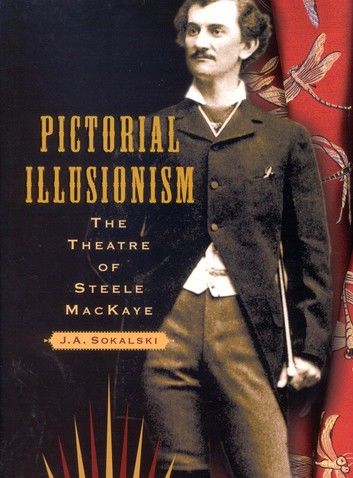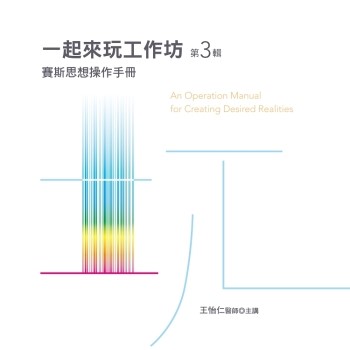| FindBook |
|
有 1 項符合
j. a. sokalski的圖書 |
 |
$ 1409 電子書 | Pictorial Illusionism
作者:J. A. Sokalski 出版社:McGill-Queen's University Press 出版日期:2007-04-16 語言:英文  看圖書介紹 看圖書介紹
|
|
|
圖書介紹 - 資料來源:樂天KOBO 評分:
圖書名稱:Pictorial Illusionism
Drawing together a wealth of primary sources, J.A. Sokalski examines the aims, inventions, and methods of the pictorial style that defined MacKaye's art. Sokalski shows how MacKaye's famous Madison Square Theatre, which featured a double stage reminiscent of an elevator, created whirling pictorial illusions for fashionable New York. He argues that MacKaye's infamous failure, the colossal Spectatorium theatre for the 1893 Chicago World's Fair, was the most complete realization of this illusionary aesthetic. Sokalski also explores MacKaye's influence on Buffalo Bill Cody and how civil war cycloramas expanded his concept of pictorial space.
|











